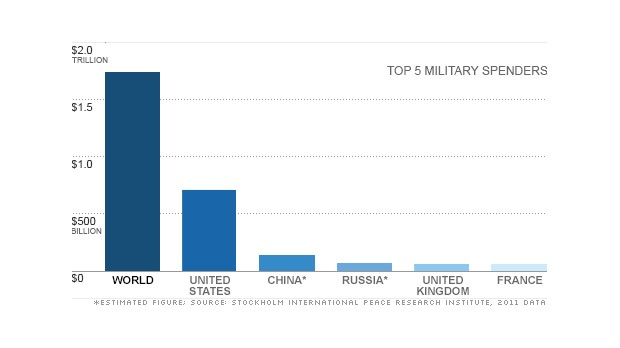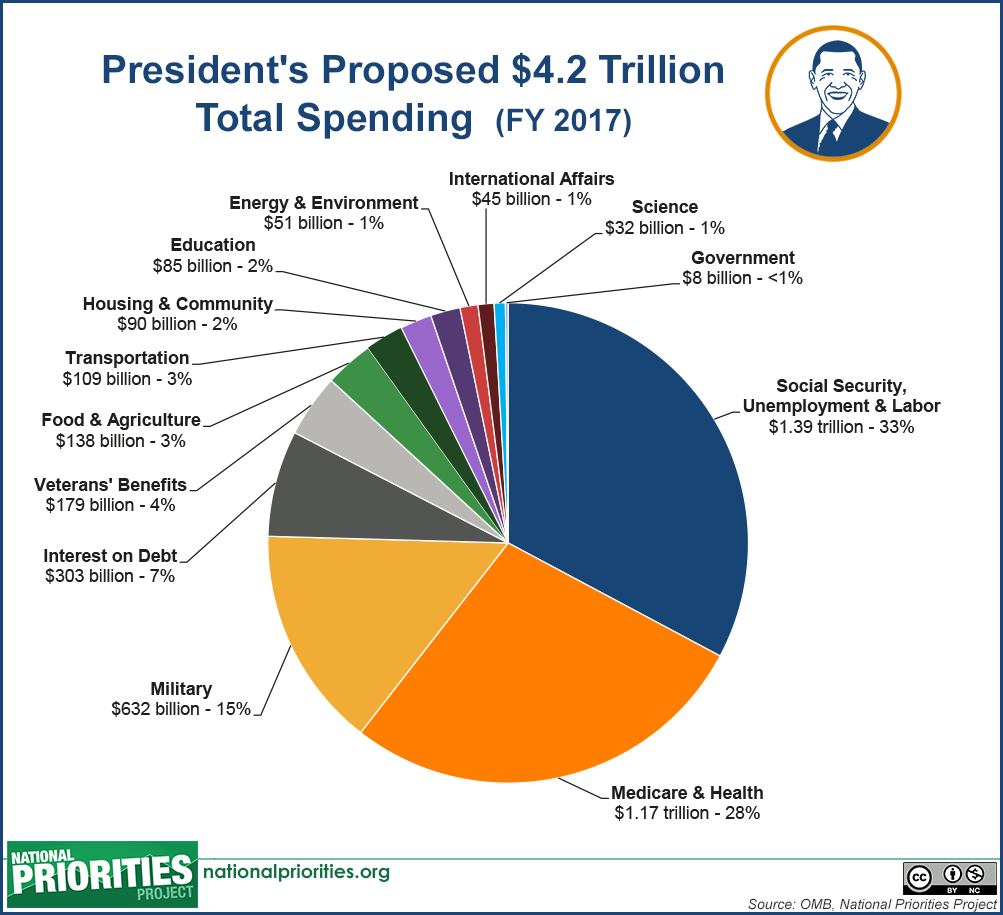

Some refer to these documents as “wish lists.” And in many cases, the additions were not even on the so-called unfunded priorities lists that top officers and department officials send to Congress each year to cover items that did not make the budget but that the services and some defense agency heads say are nonetheless important. The Pentagon budget request did not include any of the $58.55 billion in programs. “Instead they dumped more than $50 billion across accounts for what appear to be in some cases very parochial interests.” Costly ships and planes “Certainly Congress has the power of the purse, but considering the Pentagon got more than $750 billion that year, lawmakers could work within that generous budget to reflect their priorities,” Steve Ellis, president of Taxpayers for Common Sense, a government spending watchdog group, said via email. Yet a substantial portion of the money goes for programs of arguable utility to the U.S. Few would argue with the need for spending some of it. Whether the $58.55 billion in congressionally inserted spending is justified is largely in the eye of the beholder. But the report is unique in that it provides an official Defense Department record of how much Congress added in total - and where the money went. The funding boosts detailed in the report are part of publicly available congressional reports, and many have been covered in the press. Now a new assessment of congressional funding hikes for fiscal 2023 would be mandated in the NDAA that the House plans to pass Thursday.

The report was required by a provision in the fiscal 2022 National Defense Authorization Act, written by Rep. The June report, which has received no press coverage, has been posted on the Defense Department comptrollers’ website. Lawmakers’ additions to the fiscal 2022 budget above the president's request included money to respond to disasters and the war in Ukraine and other national priorities, but the extra money also bankrolled billions of dollars in weapons the military did not seek, such as more than $4 billion worth of unrequested warships, many of them built by the constituents of senior appropriators. Under Biden, the Pentagon has stressed retiring older “legacy platforms” to steer operations and maintenance savings into programs like artificial intelligence and space systems that would be more relevant in a conflict with China.Defense Department appropriations legislation for the current fiscal year funded more than $58 billion worth of military projects that the administration did not request, according to a first-of-its-kind Pentagon report. There’s a special emphasis on developing new missile warning satellites and protecting those already in orbit. The budget request reflects plans for costly new defense systems - from upgrading the nation’s aging nuclear weapons to developing new hypersonic weapons. 1 represents 4.2% nominal growth or 1.5% real growth after accounting for inflation compared with the $742 billion final appropriation for this fiscal year. The request for the fiscal year starting Oct. President Joe Biden’s proposed $773 billion budget for the Defense Department would increase spending on nuclear modernization as well as research and development, while provoking likely opposition in Congress through proposals to cut back on Army troops and retire aging Navy ships and Air Force planes.


 0 kommentar(er)
0 kommentar(er)
